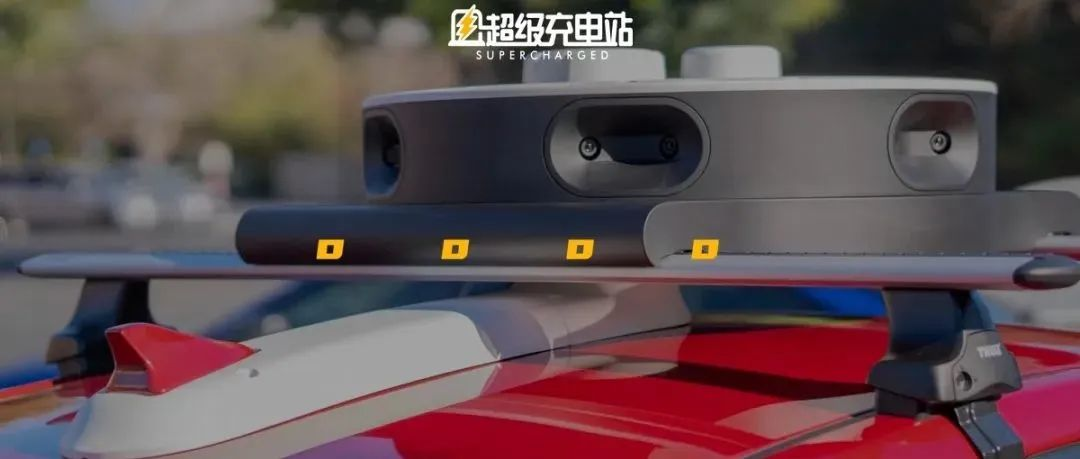Author: Chang Yan
Ever since the billionaire Ma became a Twitter shareholder, I haven’t reposted much of his tweets…
The reason is simple, previously, about 70% of his tweets were still related to Tesla and the auto industry, but now his account probably doesn’t even know how to categorize Twitter operations.
From natural encyclopedia to funny emojis, from celebrity quotes to virtual goddesses, everything is there.
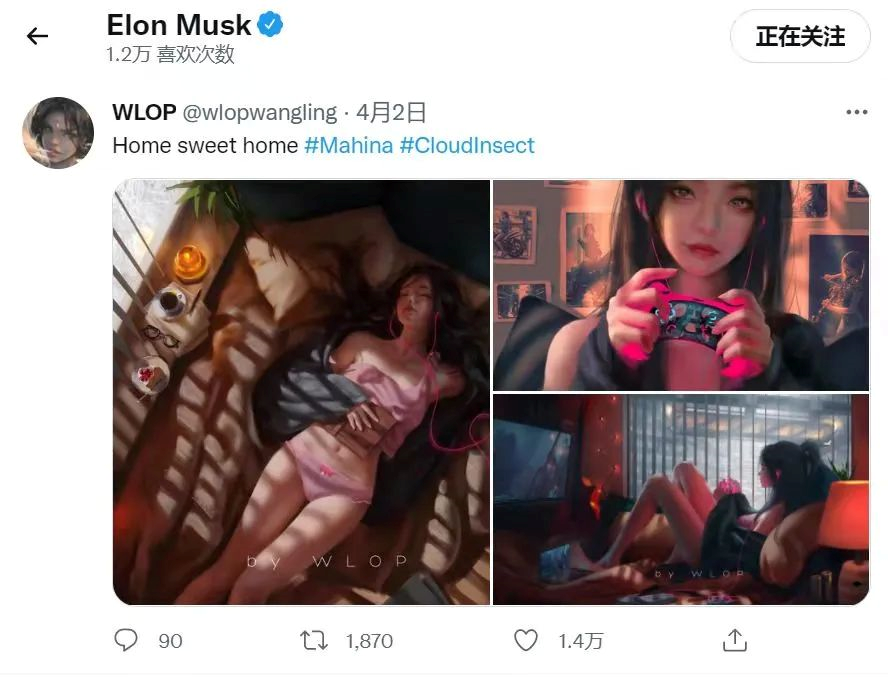
This is too easy to empathize with, for Ma, every sentence is money, on the day the news of his purchase of Twitter shares was made public, the value of his Twitter shares rose straight up by $ 600 million.
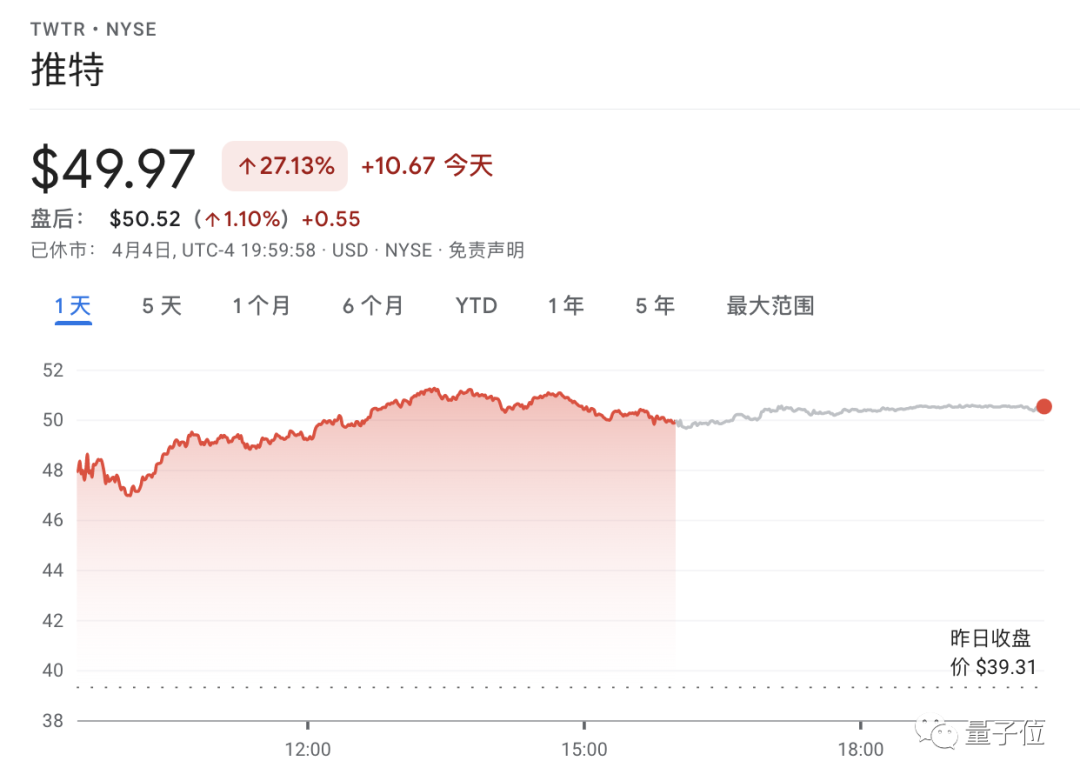
This is such an ultimate Twitter user who likes to speak his mind, dare to say whatever he thinks, but he was silent on Twitter yesterday.
When retweeting a Toyota autonomous driving progress news, Musk added an ellipsis “…”.
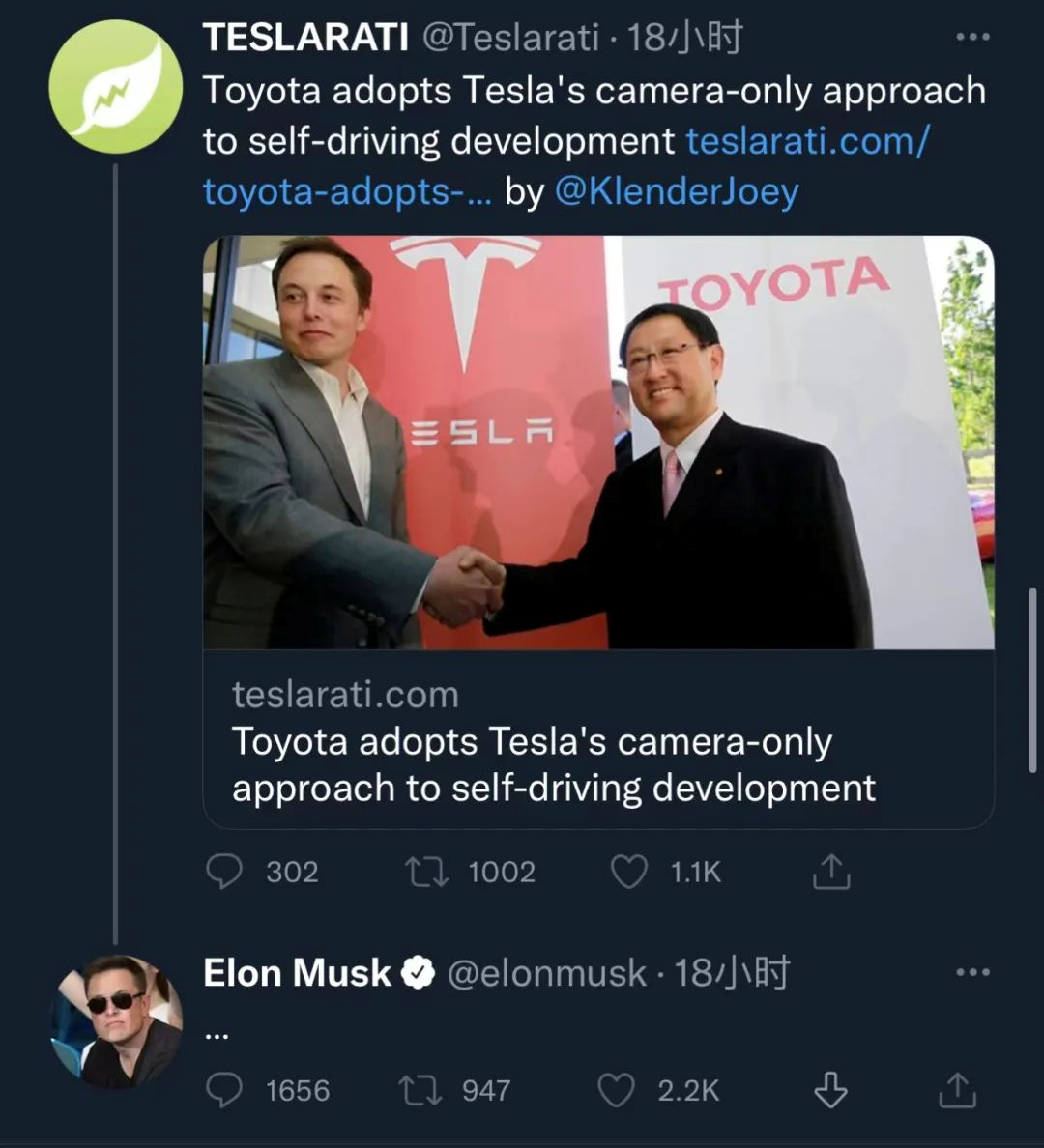
Those who know me well know that I am an ellipsis lover in chatting. Historically, many people have expressed the poison oath that if I send another ellipsis again, they will no longer talk to me.
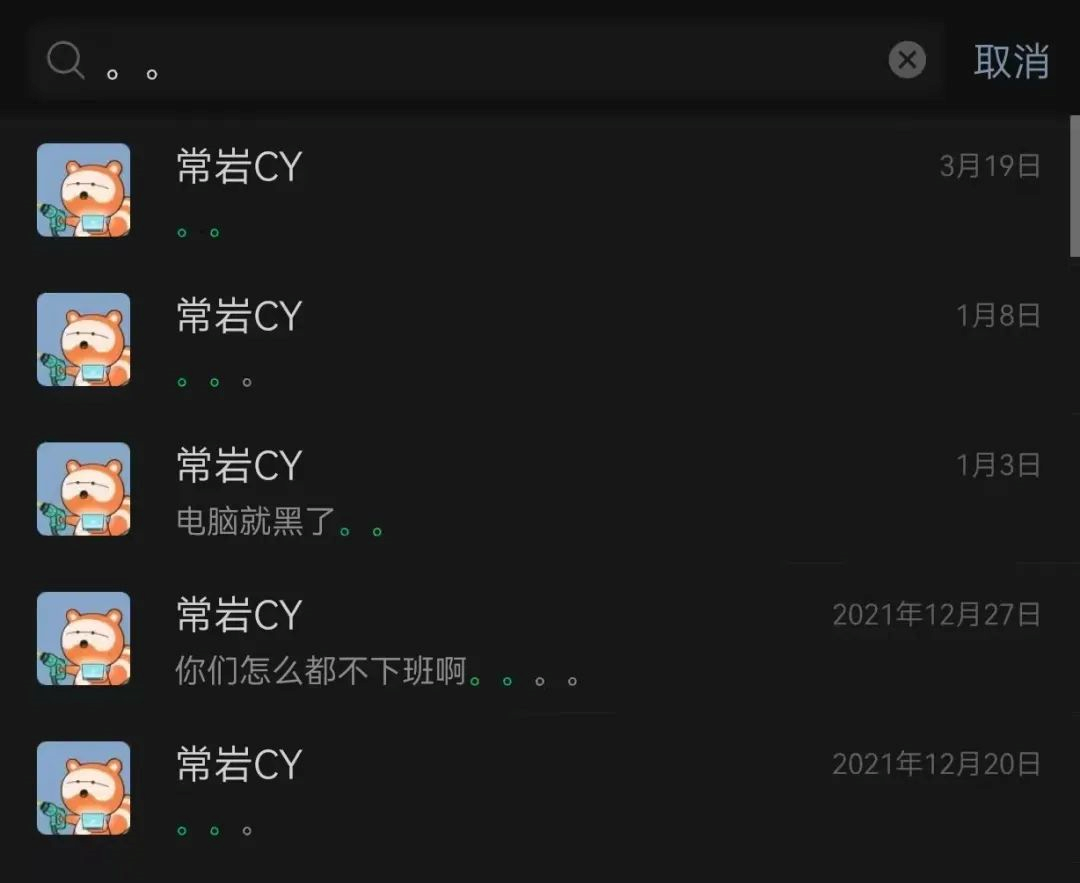
And for people like us with anxious-dependent personalities, retweeting news with an ellipsis is basically ” I think everyone needs to know about this, but I don’t know how to evaluate it appropriately.”
So what did Toyota secretly do?
It all started with an exclusive article by Reuters. On April 6th, Reuters interviewed a Toyota subsidiary, Woven Planet, which stated that they are trying to advance autonomous driving using only camera sensor solutions without expensive sensors such as lidars.
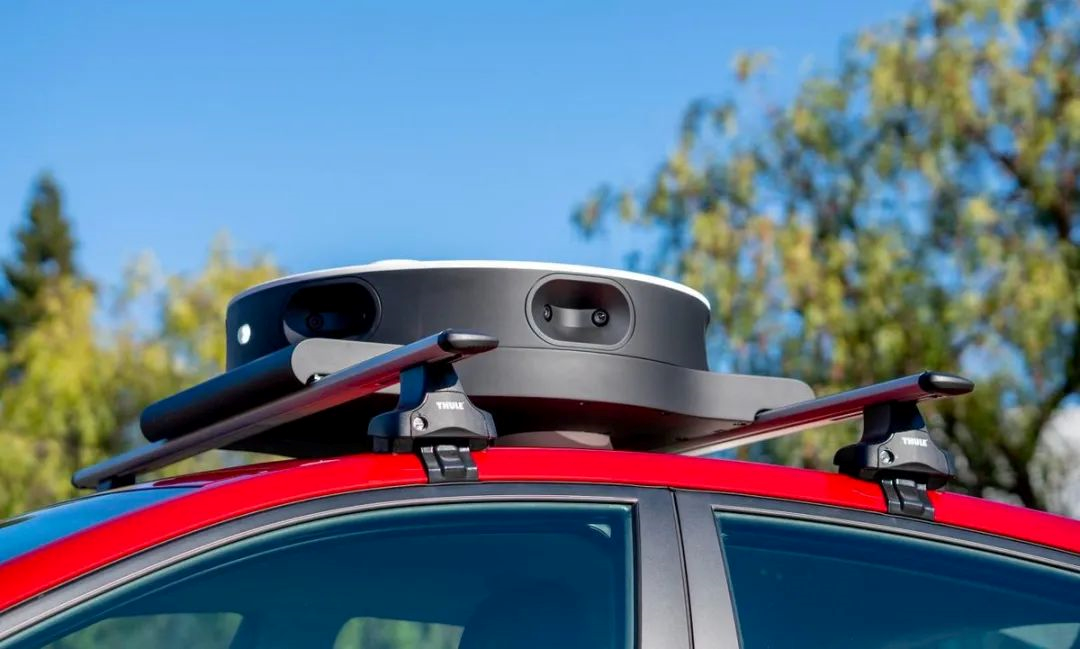
This ignited the enthusiasm of the entire industry. Pure vision? Isn’t this the thing that Tesla has been calling for?
Subsequently, in media such as Teslarati that favor electric vehicles, when reposting, it is not surprising that they used ” Toyota adopts Tesla’s camera-only technology route for autonomous driving development“, which is also the piece that Musk reposted on Twitter.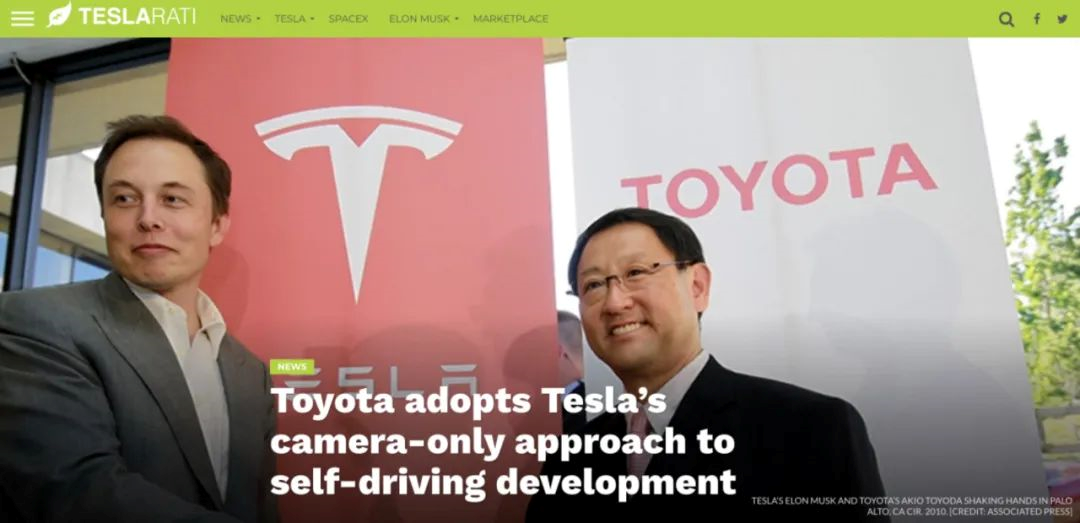
Actually, in the past, Toyota and Tesla were friends in the same trench concerning development strategies. Musk always showed his admiration generously and gave blessings and encouragement. So, why is Toyota so shy this time?
In fact, saying “a car manufacturer uses a pure vision scheme for autonomous driving” is like saying “a person writes a paper on a computer”. It is too vague. Different devices, workflows, even attitudes, and levels of importance produce outputs and conclusions that cannot be compared with each other.
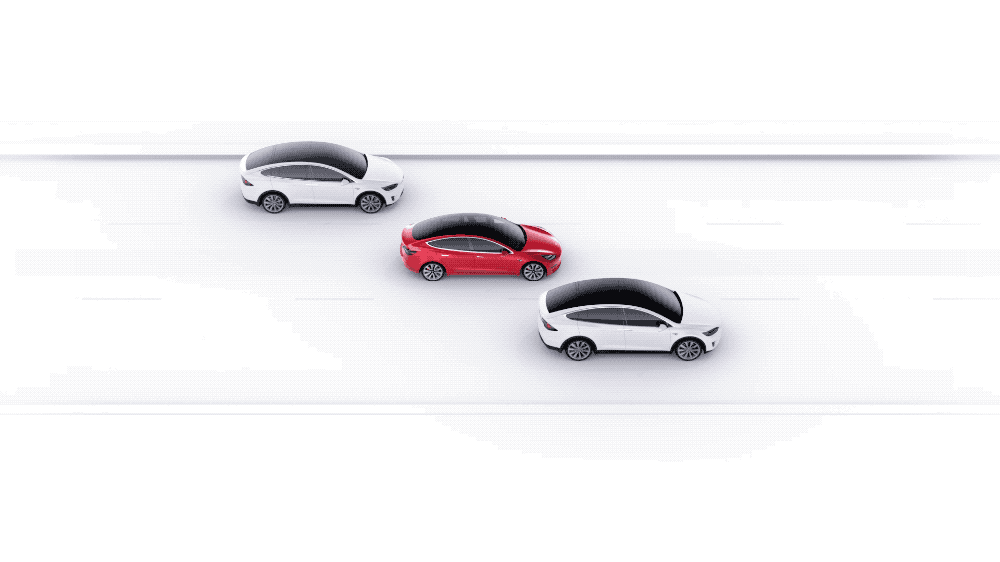
The dispute between cameras and lidars has been going on for three or four years at least. In the past, many car manufacturers held a wait-and-see attitude toward pure vision scheme mainly due to two reasons.
First, the basic performance is not strong enough. This issue is gradually being addressed as more diverse and high-performance road test results are achieved with the recent launch of high-definition cameras and integrated solutions optimized for vision algorithms.
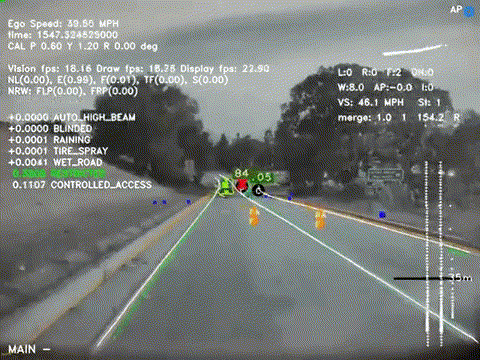
Second, user confidence is not strong enough. Often, educating users is more difficult than developing technology. If users naturally consider a technology to be outdated or unsafe, the effort to reverse it is often not worth the cost.
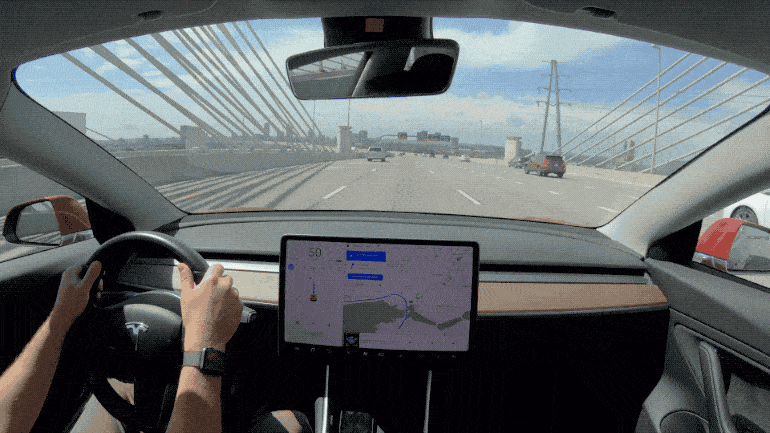
However, Tesla, as the brand with the largest delivery volume and the most intuitive consumer education awareness, solved this cognitive problem with its own power. Musk’s firm All in on the pure vision scheme has become the biggest source of consumer confidence.

Therefore, since 2021, including Bosch, Mobileye, Baidu Apollo and other autonomous driving scheme suppliers have launched or planned to launch a pure vision solution using multiple cameras as sensors, which many car manufacturers have also taken as their research and development direction.
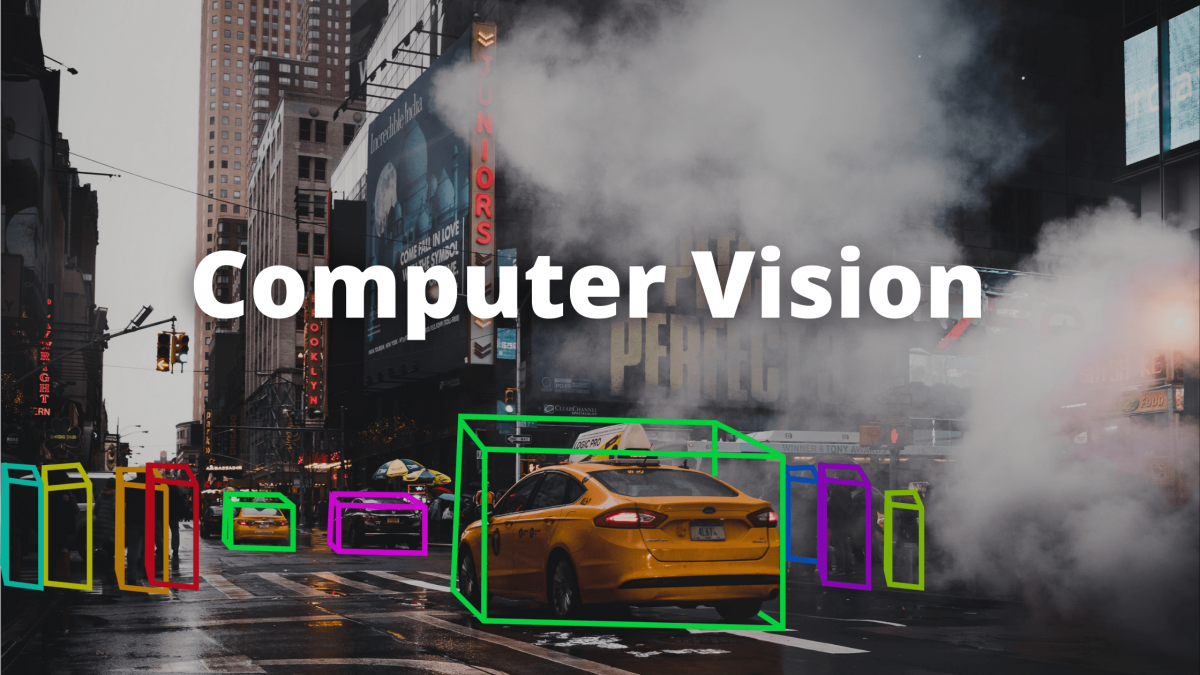
Does that mean “everyone is on the same page”?
No, it does not.
In fact, there are two differences in judging the direction of these car manufacturers and Tesla.First, it is necessary to see if Tesla’s pure vision approach can actually work. They have taken a difficult path and invested heavily in teams to optimize algorithms, and even released a supercomputer for algorithm optimization for pure vision neural networks at last year’s AI Day.
Only giants like Tesla can accomplish such determination and effort, from self-developed hardware to repeatedly rewriting and optimizing underlying logic, to independently researching and developing a full set of ecological support for a technical solution.
Second, it is about positioning. Tesla is determined to treat pure vision as the only priority option. From the Model 3 priced at 300,000 yuan to the Roadster 2 priced at 2 million yuan or even more expensive Semi, the more powerful flagship models need to use this solution.
However, for most car companies that declare to use pure vision solutions, it is generally considered a relatively cheap and convenient entry-level supplementary technology.
Toyota is betting on pure vision this time with a very simple goal: “Hoping to use low-cost cameras to collect data and effectively train their autonomous driving system, helping to reduce costs and expand the scale of the technology.”
Woven Planet’s Vice President of Engineering, Michael Benisch, told Reuters, “We need a large amount of data, and having only a small amount of data collected from a small group of very expensive autonomous vehicles is not enough.“
The camera used by Woven Planet is 90% cheaper than the previous sensors and can be easily installed in a fleet of passenger cars.
This means that the majority of the data from low-cost cameras improves the performance of their system to a level similar to that achieved by training specifically with high-cost sensor data.
Then, here comes the twist.Woven Planet doesn’t believe this technology can be fully applied to flagship models and L4 level Robotaxi. “Toyota will still deploy Robotaxi and other autonomous driving vehicles using a variety of sensors such as LiDAR and radar, as this seems to be the best and safest way to develop Robotaxi at present.”
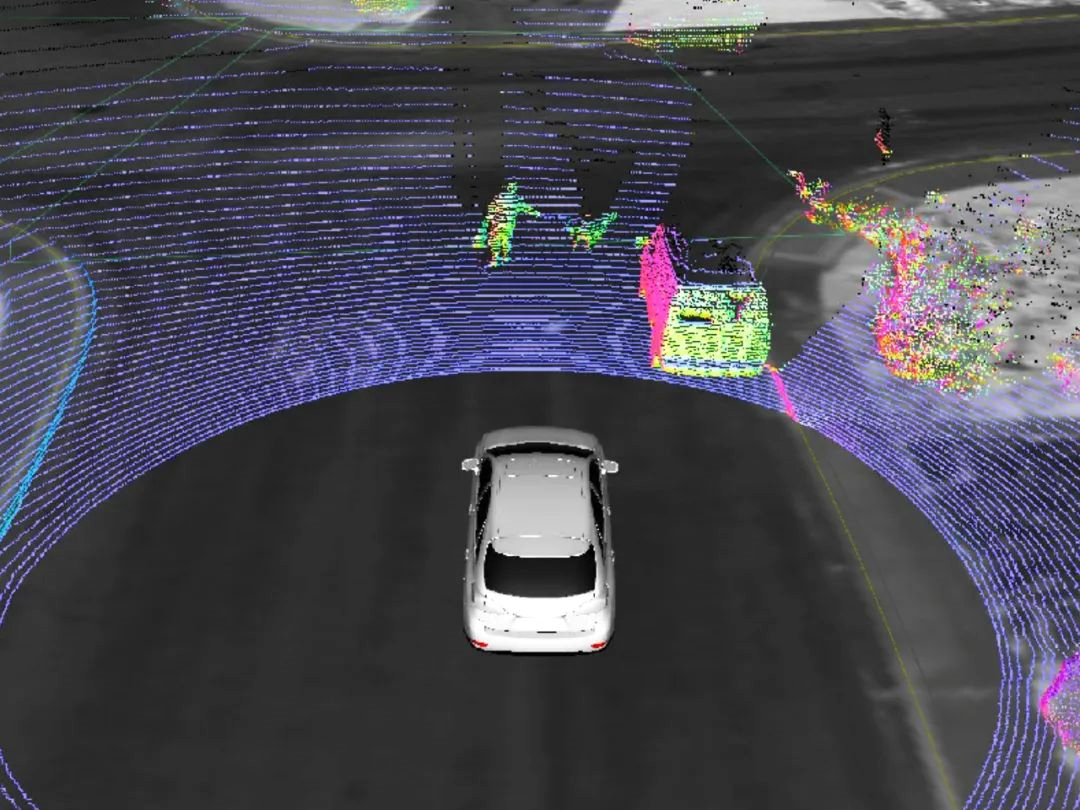
“For many, many years, camera technology is perfectly capable of catching up and surpassing some of the more advanced sensors.” “The problem is probably more about when and how long it takes to reach the level of safety and reliability. I don’t think we know that yet.”
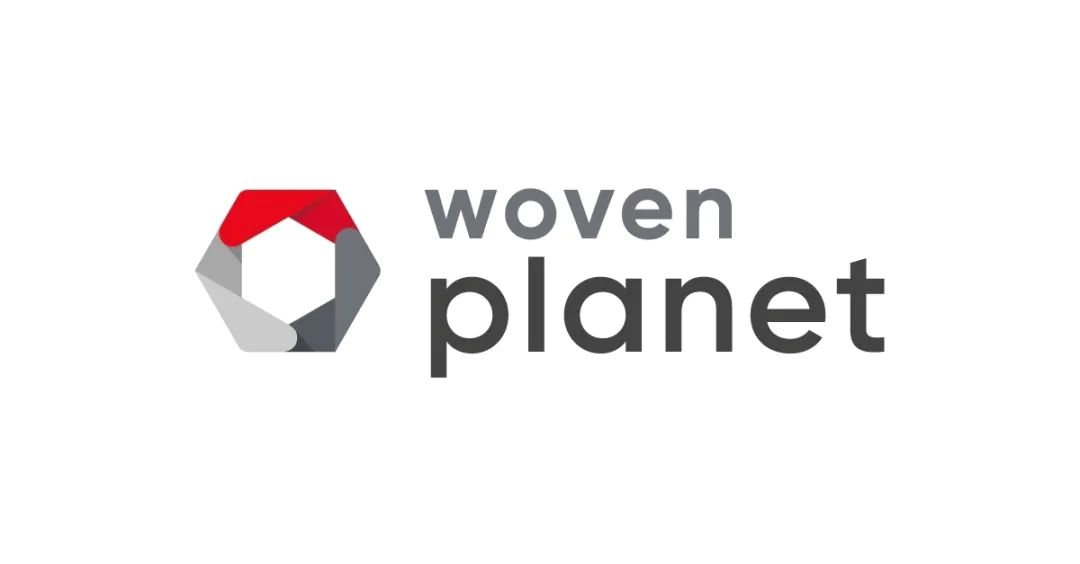
You should know that behind this seemingly unfamiliar and obscure name is a comprehensive team of famous and strong forces. A year ago on April 27, 2021, Woven Planet, a subsidiary of Toyota, spent $550 million to acquire Lyft’s department of autonomous driving abilities for L5 level, bringing together as many as 1200 dream teams from Toyota Research Institute and Lyft in this restructuring.
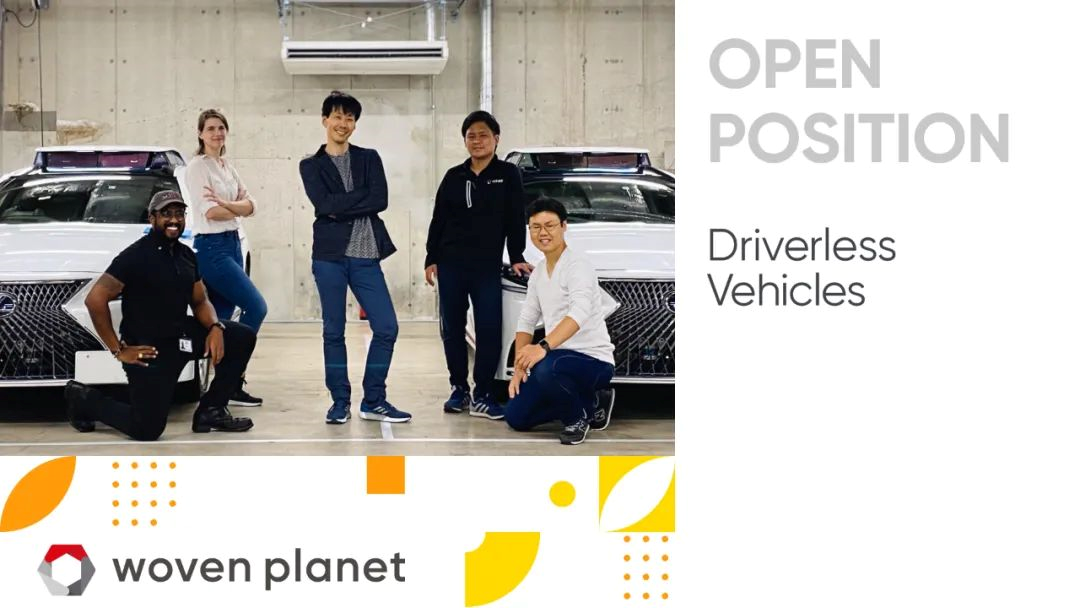
“By acquiring Level 5, Woven Planet is working to fulfill its mission of combining Silicon Valley’s innovation culture with world-renowned Japanese craftsmanship to create future mobility solutions.”
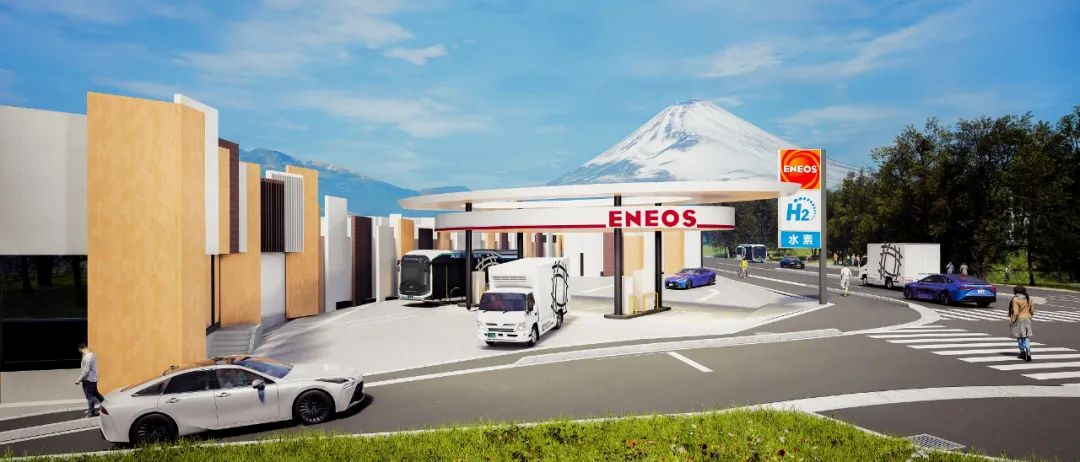
In terms of team strength, engineering implementation, and model technology classification, this company has the potential to come from behind. Even this company’s vision is not limited to autonomous driving. As stated in their self-introduction, Woven Planet focuses on autonomous driving, smart cities, and robot technology, based on Toyota’s trusted tradition, to provide safe, interconnected, reliable, and sustainable mobility solutions for everyone.
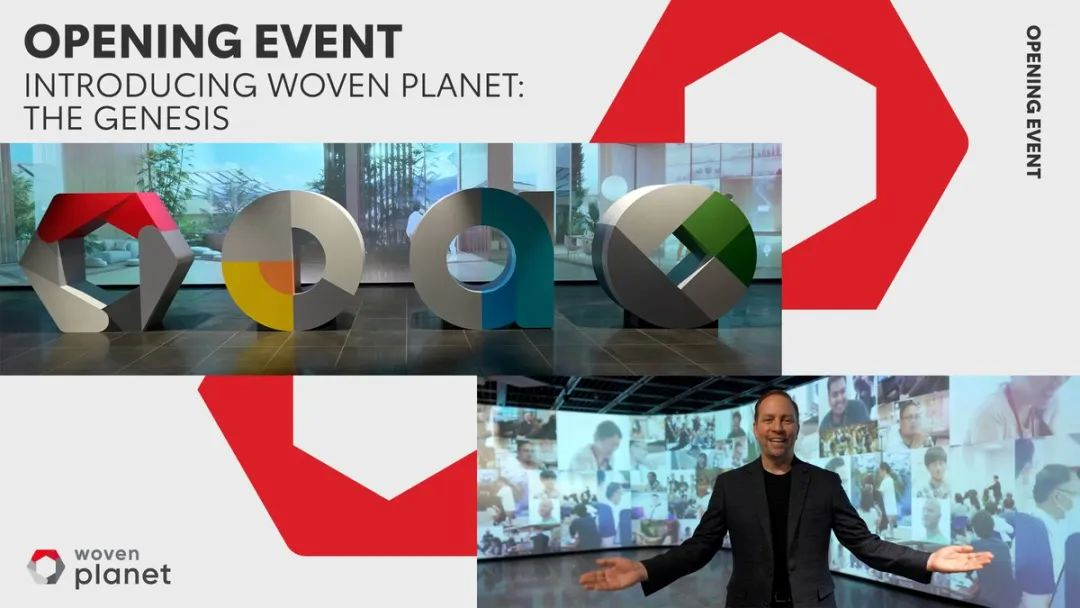 The business and vision are so close to Tesla, but the differences in visual perception are perhaps the main reason why Musk will pay attention and be speechless.
The business and vision are so close to Tesla, but the differences in visual perception are perhaps the main reason why Musk will pay attention and be speechless.
But maybe Musk is just turning off his brain.
After all, the staggering $550 million bet by Woven Planet is just “a drop in the bucket” for Musk, who can earn back the same amount by tweeting about the stock price for one day.
…
This article is a translation by ChatGPT of a Chinese report from 42HOW. If you have any questions about it, please email bd@42how.com.
